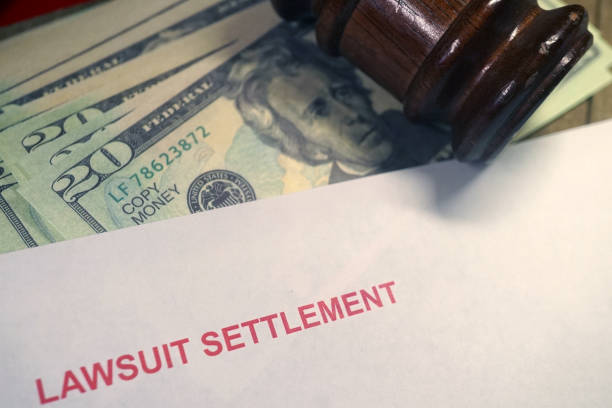Introduction:
In personal injury cases, victims often face financial strain due to medical bills, lost wages, and other expenses. While waiting for a settlement, some individuals seek relief through cash advances on pending lawsuits. Let’s delve into the process of obtaining such advances and how they can assist during the litigation journey.
How Does it Work?
- Application: To obtain a cash advance on pending lawsuit, individuals need to apply through a funding company specializing in such advances.
- Evaluation: The funding company evaluates the merits of the lawsuit and the potential settlement amount before approving the advance.
- Agreement: Once approved, a contractual agreement is established outlining the terms of the advance, including the repayment structure and associated fees.
Benefits of Cash Advance on Pending Lawsuit:
- Immediate Financial Relief: These advances provide immediate funds to cover pressing expenses such as medical bills and living costs.
- No Repayment if You Lose: In the event the lawsuit is unsuccessful, recipients typically aren’t required to repay the advance, as it is considered non-recourse funding.
- No Credit Checks: Unlike traditional loans, cash advances on pending lawsuits do not require credit checks or collateral, making them accessible to individuals with poor credit scores.
Personal Injury Litigation Process
Stages of Personal Injury Litigation:
- 1. Consultation: The process begins with a victim seeking legal counsel from a personal injury attorney to assess the viability of their case.
- 2. Investigation: Attorneys conduct a thorough investigation gathering evidence, interviewing witnesses, and assessing damages to build a strong case.
- 3. Filing the Complaint: The attorney files a formal complaint outlining the victim’s allegations against the defendant, initiating the lawsuit.
- 4. Discovery: Both parties exchange information and evidence relevant to the case through methods such as interrogatories, depositions, and requests for documents.
- 5. Negotiation: Prior to trial, attorneys engage in negotiations to reach a settlement agreement that adequately compensates the victim for their losses.
- 6. Trial: If a settlement cannot be reached, the case proceeds to trial where a judge or jury decides the outcome based on the presented evidence.
- 7. Appeal (If Applicable): Either party may file an appeal if they believe there were errors in the trial process or the verdict was unjust.
Duration of Personal Injury Litigation:
- Varies by Case: The duration of personal injury litigation varies depending on factors such as the complexity of the case, court backlog, and willingness to negotiate.
- Months to Years: Some cases may be resolved within a few months through settlements, while others can extend to several years, especially if they go to trial and undergo appeals.
Conclusion:
Cash advances on pending lawsuits can provide crucial financial support to individuals navigating the personal injury litigation process. Understanding the process of obtaining these advances and the stages involved in personal injury litigation empowers victims to make informed decisions as they seek justice and financial relief.
